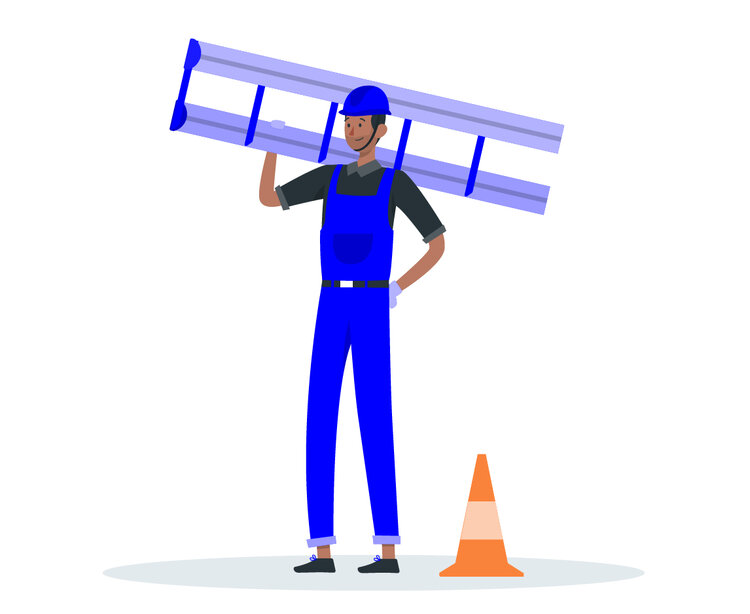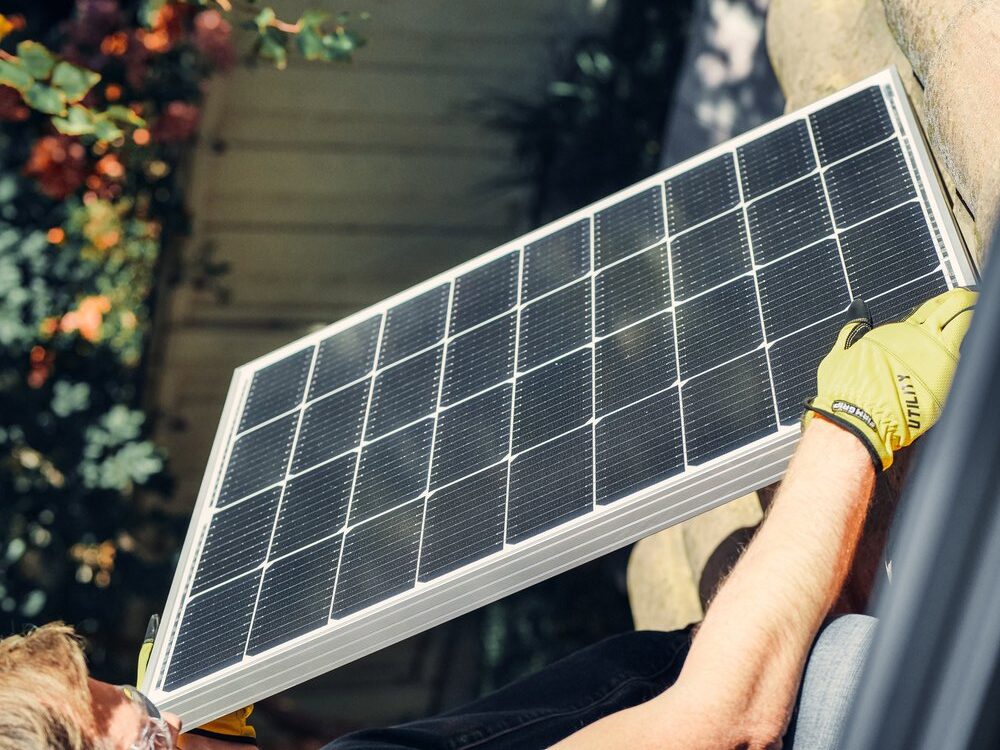Whether for environmental or business reasons, more Americans than ever are looking into solar energy. Solar panel technology has been around for a while, but the solar industry is really starting to take off due to a variety of factors. Now, the energy is undeniable.
In a Solar Power World webinar, Kelly Pickerel, the Editor in Chief of Solar Power World chatted with Jason Steinberg, the CEO of Scanifly; Tom Neyhart, the CEO of PosiGen; Jim Jenal, CEO and founder of Run on Sun; and Steve Buchmiller, the COO and co-founder of Empire Solar Group about the growth of solar.
In particular, the panel discussed three key trends driving solar: the need for process improvement, the impact of drones, and the future of solar technology.
1. Process improvement is critical to meet demand
Despite the COVID-19 pandemic, 2020 was solar’s biggest year yet. Nearly 20 gigawatts were installed, and the industry saw 43% growth compared to 2019, according to Kelly. And 2021 is already set to eclipse 2020. Demand is spiking from both an increase in awareness of solar and the US government extending the solar investment tax credit, originally set to step down from 26% at the end of 2020, until the end of 2022.

With all this demand, process improvements are critical. Right now, most solar surveys still happen the old fashioned way – lugging a ladder around and measuring things by hand. The manual way is not just taking up more time – it’s about 5x slower than using drones – it’s also: less efficient, more expensive, and causes delays throughout the entire solar installation process that can lead to expensive redesigns and angry customers.
“We’re using 19th century tools for the 21st century’s energy source,” said Jason.
Then of course is the issue of surveyor safety, something Steve always has on his mind.
Steve said plainly that if a surveyor falls off a roof, the accident could kill a company from the financial and reputational costs. This is to say nothing of the obligation a company has to ensure their employees have a safe work environment.
For Tom, the equation is simple: “The more time on [the] roof, the more danger there is.”
2. Drones present a massive opportunity in solar
In the past, some solar installers looked to automate the survey process with satellite or aerial imagery so they wouldn’t need to go on site. However, 91% of solar surveyors feel they have to manually verify satellite imagery, making the images redundant. Further, nearly all solar surveyors (98%) prefer onsite visits, in part because it helps them build closer relationships with their customers.
This is where drones open up an incredible opportunity for solar installers.
Drones make it easy to capture high accuracy images while improving safety and speed. Surveyors don’t have to climb on roofs or carry bulky equipment, and drone images are more accurate than hand drawings.
“[Drones are] a much more satisfying – to say nothing of a quicker and safer – experience,” said Jim.
Tom also noticed the impact of drones throughout his entire business. Surveys got faster and safer, which was great, but he also noticed that change orders dropped “dramatically” with drones because the design team could more accurately plan how many panels could fit on a roof and where they’d go.
Another benefit came from drones that no one was initially thinking about: the cool factor.
Jim said that having drones adds a level of professionalism that helps build customer trust. Steve echoed the sentiment, adding that he’s found customers love to come out and watch the surveyor fly the drone, creating a cool customer touchpoint out of a necessary step in the process.
3. The future of solar is integrated technology

For years, the solar industry had to augment general technology for their use cases – or just do things manually. We’re now in an era of purpose-built solar tools like Scanifly for surveys, UtilityAPI for energy usage data, and Energy Toolbase for creating solar proposals, among others. The next step is integrations between these technologies.
“Integration is the ultimate time-saver,” said Jim, who uses Scanifly, and other softwares.
Jim said it’s not just that a technology tool or platform is purpose-built for one part of the solar process, but whether it connects to other purpose-built tools to create a seamless flow. For example, Scanifly’s solar design software makes it easy to use drones for solar site surveys. However, it also produces an AutoCAD export, which seamlessly connects the survey process to the design process. Similarly, Energy Toolbase integrates with UtilityAPI, said Jim, to make it easy to connect energy usage data into proposals.
A call for national solar standards
The United States is a diverse country, from weather patterns to building styles. While Louisiana, for example, has a lot of shorter, flatter-roofed homes, the Northeast has many old, three-storey Victorians with steep roof pitches. But this is nothing compared to the challenge of navigating state and local rules for permitting and installing solar.
Unfortunately, Authority Having Jurisdictions (AHJs) have yet to set a national standard. This creates untold frustration for national players that have to figure out which tools they can use in which state. While it doesn’t seem like this is on the horizon, more people are calling for national standards as demand grows and technology advances.
Until national standards come to pass, solar companies continue to work within existing frameworks. But that won’t stop the industry from pushing ahead and innovating. Significant changes are already coming from process optimization, drones, and technology implementation, and it’s only just getting started.
Watch the full webinar HERE
Illustration attribution Freepik Storyset






